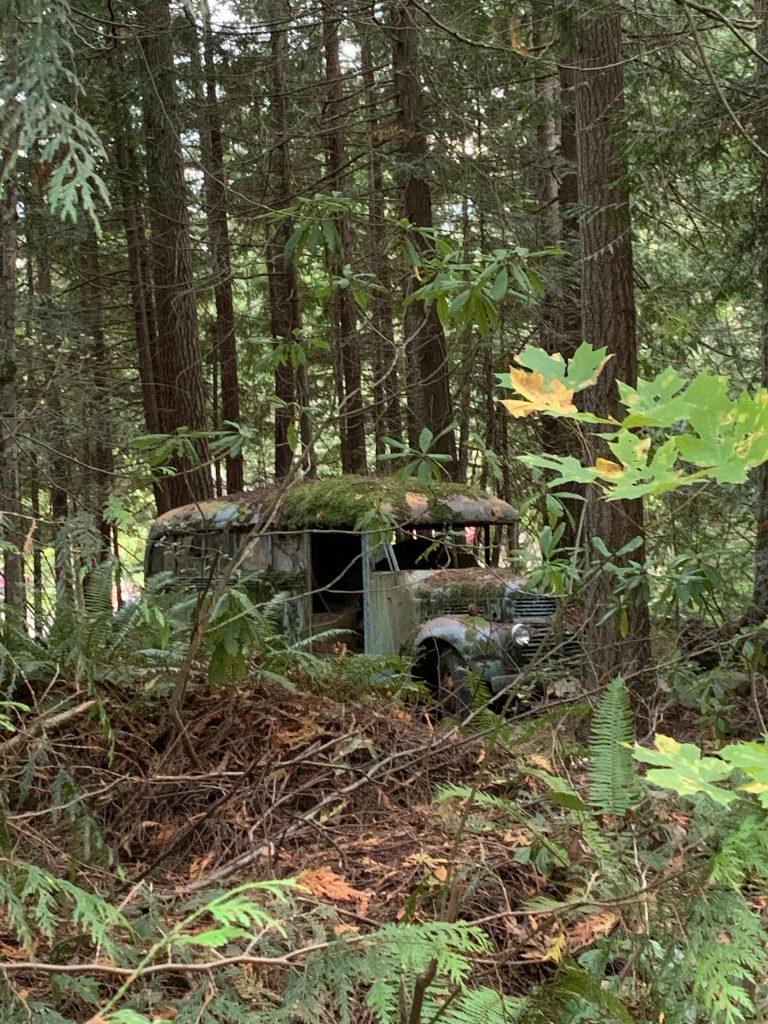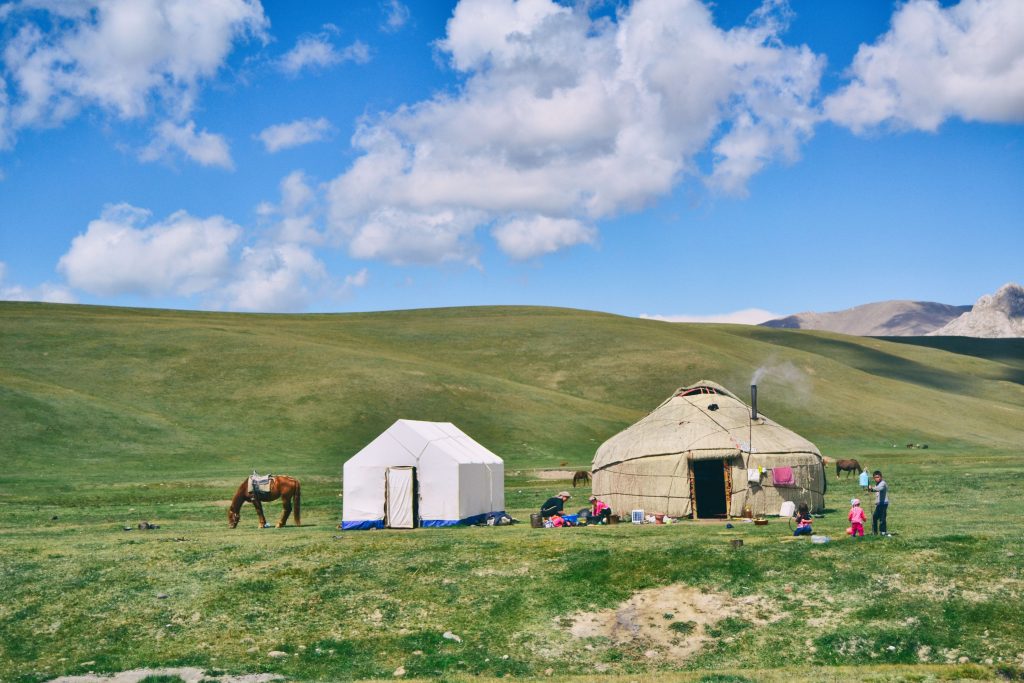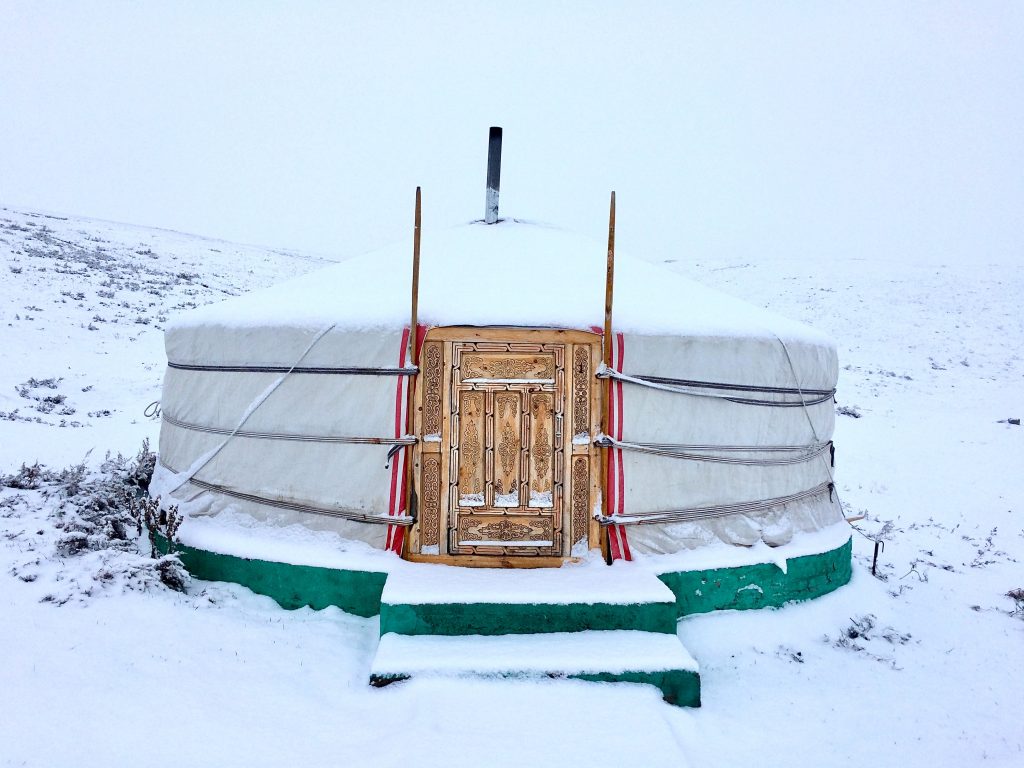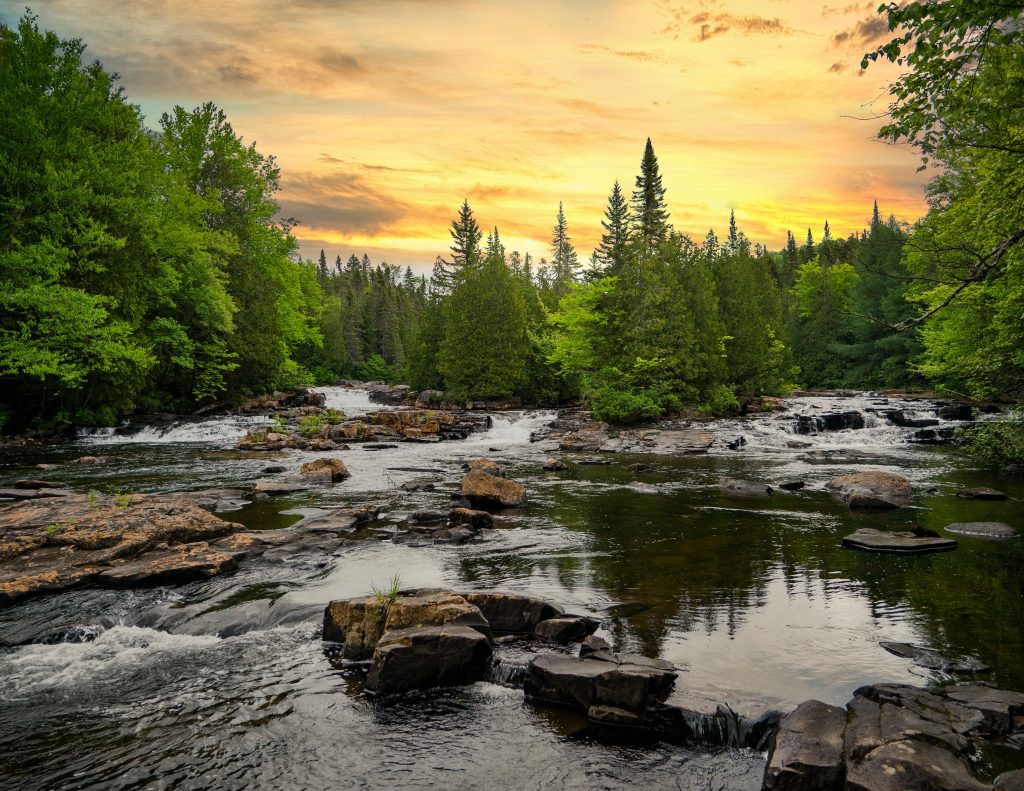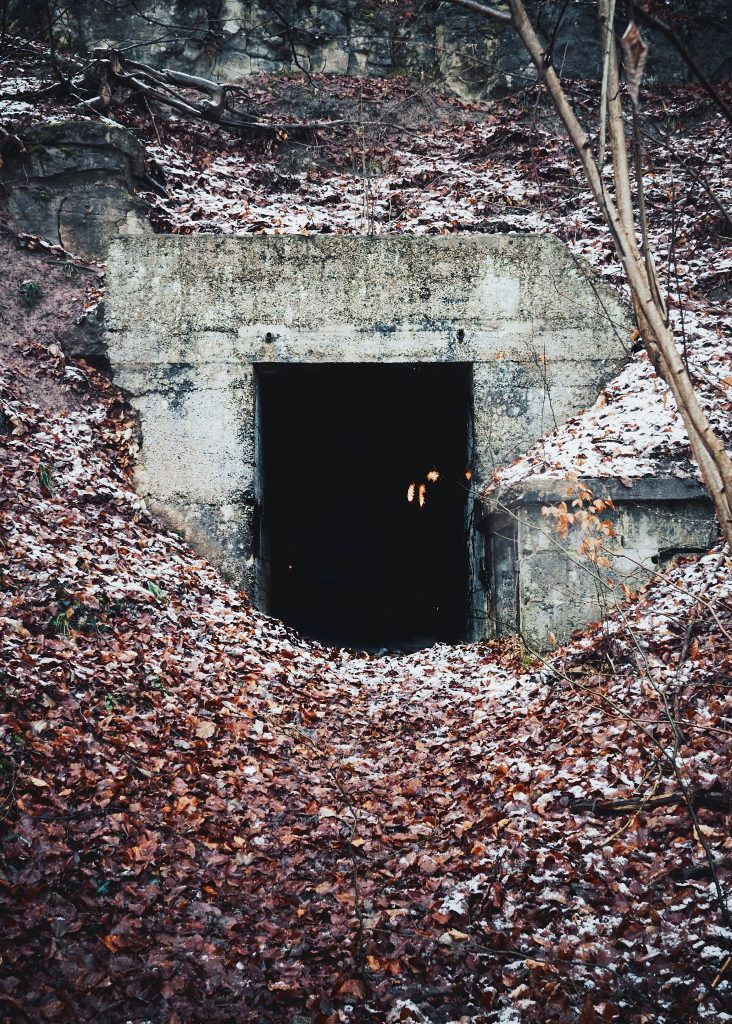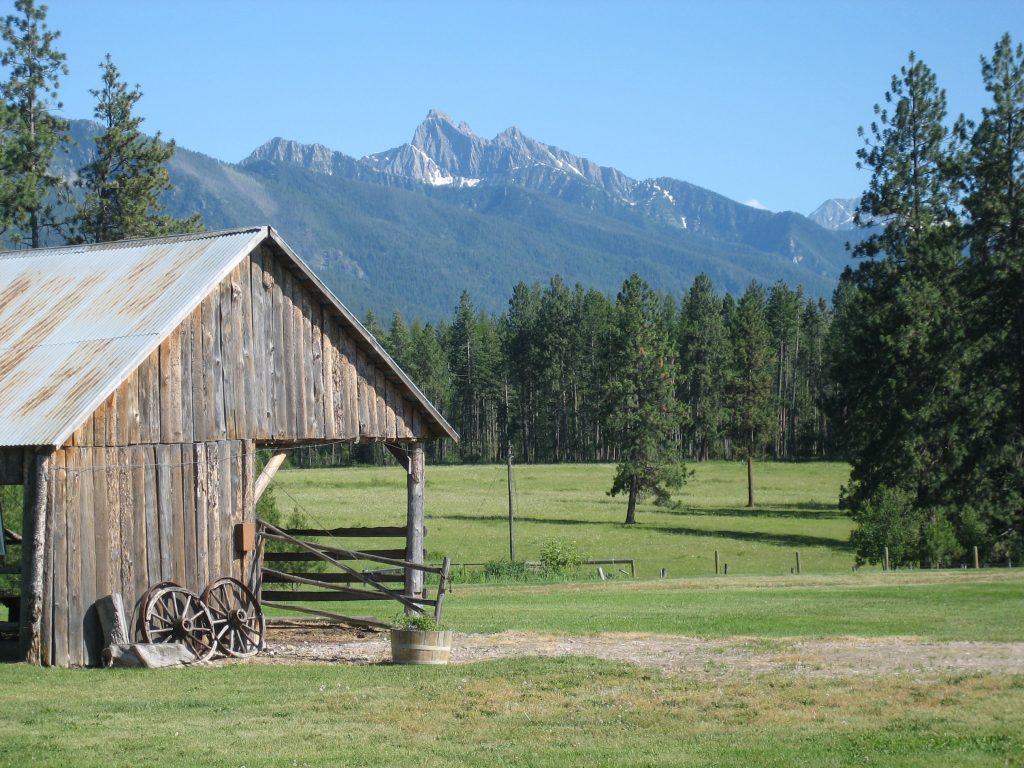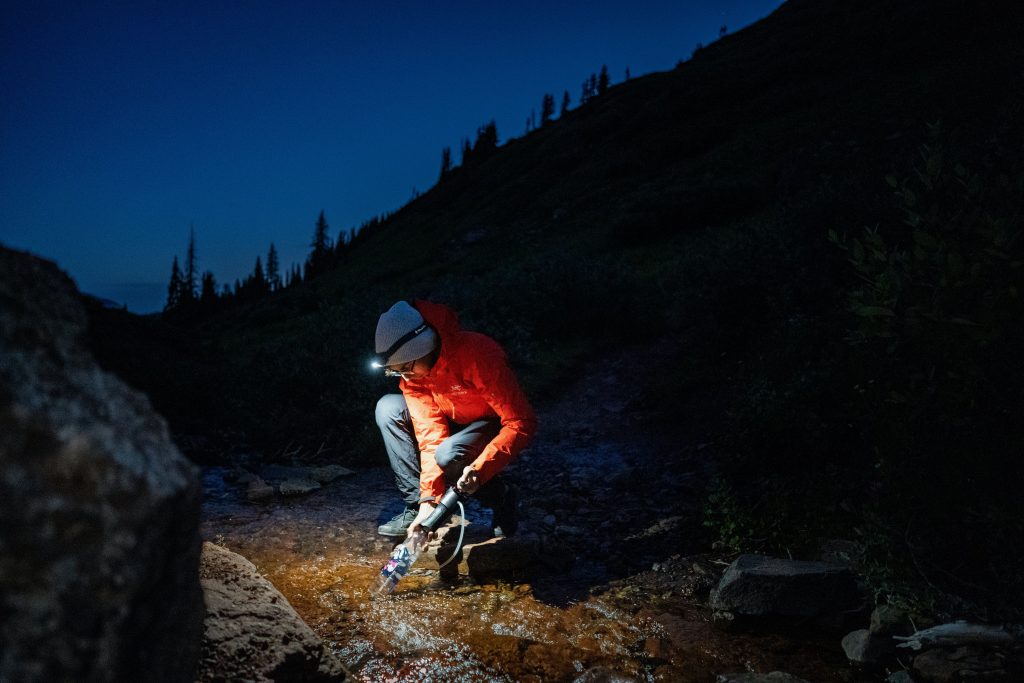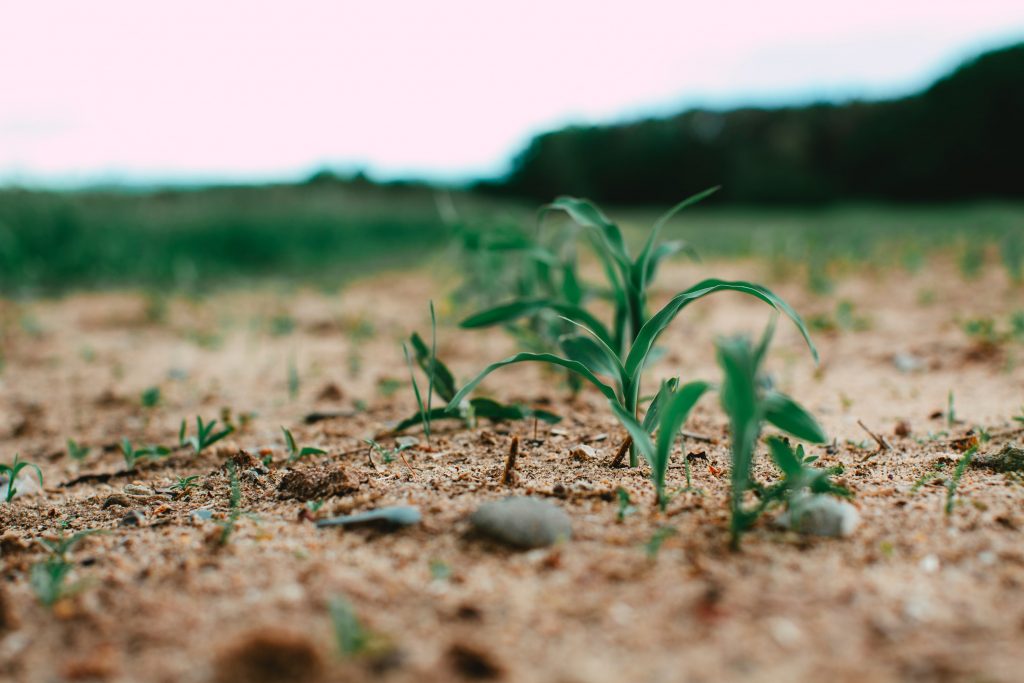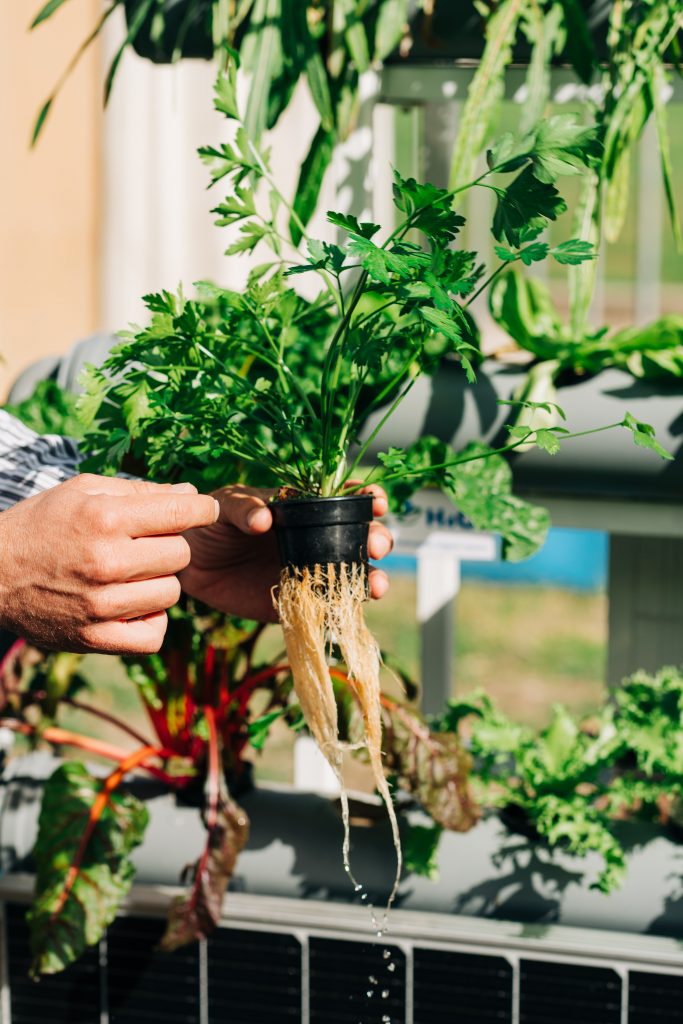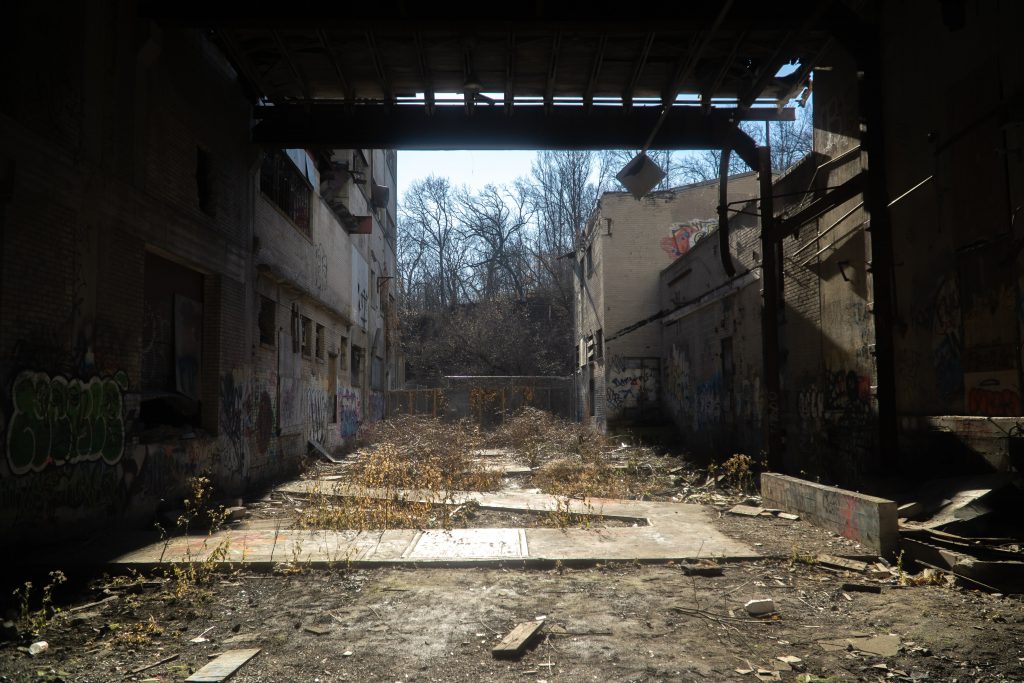It is highly recommend all drivers to have an emergency car kit in their vehicle at all times. Having a well-stocked emergency car kit can help keep you and your passengers safe and comfortable in case of unexpected events or inclement weather conditions.

Here is a list of essential items to include in your car kit, based on guidelines from the Federal Emergency Management Agency (FEMA) and the American Red Cross:
- Windshield De-icer: This crucial item will help you clear your windshield of any ice or frost during cold weather.
- Flares or Reflective Triangle: These tools will help you signal for help in case of an emergency.
- Water: Make sure to include a few bottles of drinking water in your car kit, especially if you’re traveling in a remote area.
- Jumper Cables: These cables will allow you to jumpstart your car in case the battery dies.
- Food: Pack non-perishable snacks like granola bars or crackers in your car kit, in case you get stranded on the road for an extended period.
- Ice Scraper: A must-have item for removing ice from your car’s windows and windshield during winter months.
- Flashlight: A reliable flashlight will come in handy in case of power outages or in low-light conditions.
- Cell Phone Charger: Make sure to bring a charger that is compatible with your cell phone, so you can stay connected in case of an emergency.
- First Aid Kit: A comprehensive first aid kit should include items like adhesive bandages, gauze, antiseptic wipes, and pain relievers.
- Cat Litter or Sand: This item can provide traction if your car gets stuck in snow or mud.
- Whistle: A whistle can be used to signal for help if you are lost or injured.
- Blanket & Hand Warmers: A warm blanket and hand warmers will provide comfort and warmth in case of cold weather conditions.
- Local Maps: Physical maps are a must-have item, in case your GPS or electronic maps fail or if you don’t have access to cell phone service.
- Shovel: A shovel can help you dig your car out of snow or mud, if necessary.
- Pocket Knife or Multi-Tool: Protection and piece of mind.
- Toilet Paper, Baby Wipes or Tissues: For when nature calls.
- Lighter, Matches or Fire Starter: In case you need to build a fire for warmth or to signal for help.
- Storage Tote: Hold it all together in a simple tote box.

In conclusion, having an emergency car kit is essential for ensuring the safety and comfort of you and your passengers while on the road. Be sure to customize your car kit to suit your individual needs and the types of situations you might encounter. Remember, this list is just a starting point, and for more severe emergencies, it’s important to seek professional assistance.

